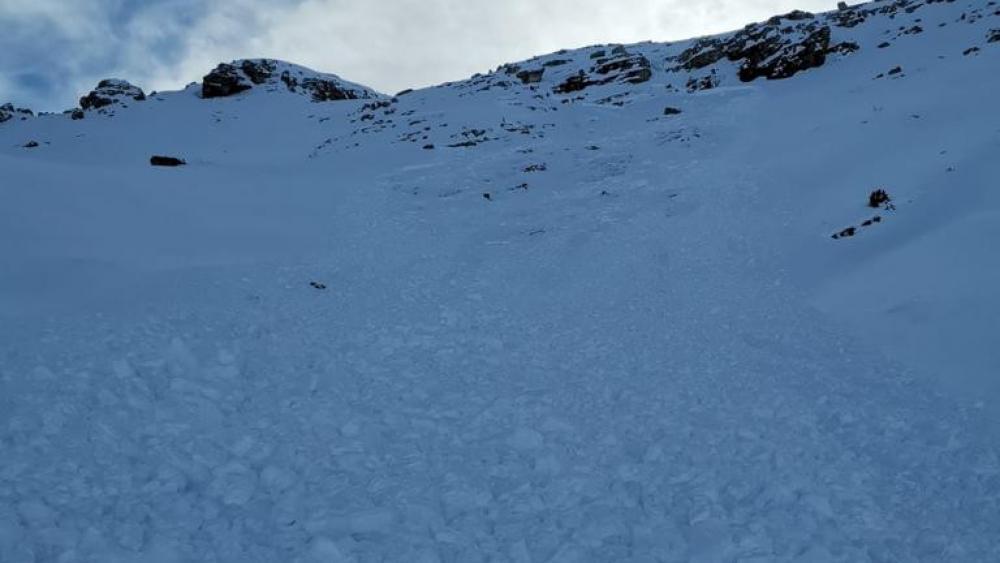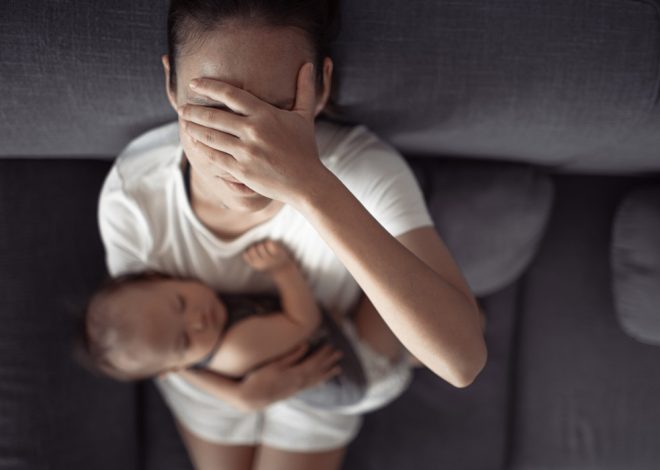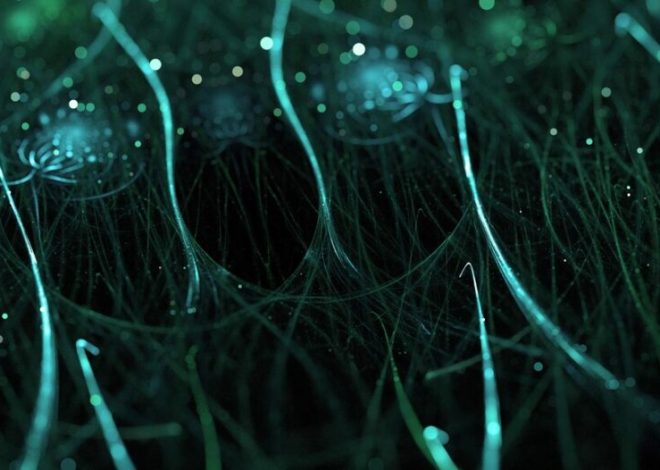
23 hours under an avalanche: “A medical sensation”
“The courageous actions of the emergency and intensive care physicians at the Bolzano State Hospital not only saved his life and his hand, but also set new standards for the treatment of severely hypothermic avalanche victims with frostbite,” the South Tyrolean health service wrote in a press release.
An extreme case: Spectacular rescue
The case occurred in January 2023 in Val Badia. The family had reported 53-year-old Carluccio Sartori, who had not returned from a ski tour in the Dolomites, as missing that evening. The mountain rescue team began searching that night, but only had clues about the possible routes the missing person might have taken. The night-time search flights were also unsuccessful.
It was not until the next morning, when a rescue team spotted an avalanche cone from a helicopter with a hand sticking out of it, that the buried recreational athlete was quickly rescued. The temperature at the site of the burial at an altitude of 2,300 meters was minus 8 degrees Celsius at that time.
After 23 hours, buried about one meter deep in snow, his core body temperature had dropped to an absolutely life-threatening level of 23.1 degrees Celsius. The rescued man was unconscious, but his circulation was still intact and he was breathing spontaneously.
In a video interview, just a few days after his rescue, Sartori reported on the anxious hours he spent under the snow.
New priorities in therapy
The buried man was taken to the intensive care unit at the Bolzano State Hospital. Under the direction of Primar Marc Kaufmann, an expert in the treatment of patients with life-threatening hypothermia due to his many years as a senior physician at the University Hospital in Innsbruck, work began immediately to rewarm the body.
Among other things, two warm air blowers were used to distribute warm air (up to 40 degrees Celsius) over the body surface according to the principle of convection: “With this non-invasive technology, the patient could be warmed by 3.5 degrees Celsius per hour,” explains the medical service.
The treatment of severely hypothermic patients requires the availability of very special medical equipment, the “mobile heart-lung machine” or so-called ECMO (extracorporeal membrane oxygenation) and the corresponding specialist medical skills. This new therapy option was implemented by Kaufmann and his team of doctors at the Bolzano Regional Hospital as part of the Covid-19 pandemic and has already been used successfully on several occasions.
Hermann Brugger, a long-time emergency doctor and founder of the Institute for Alpine Emergency Medicine at Eurac Research, remembers an almost identical case: “There had been an avalanche accident in Switzerland where a young man had been buried with one hand outside the snow. Unfortunately, his hand had to be amputated due to the frostbite he had suffered,” says Brugger. “In the case of the man buried in South Tyrol, his right hand had also suffered severe frostbite and was extremely vulnerable.”
The hand that had been crucial in helping the search team discover the buried man in time was at stake.
Special therapy saves hand
After reaching a “safe” core body temperature (over 30 degrees Celsius), the medical team at the state intensive care unit began special drug treatment for frostbite just a few hours after admission.
“The hand was probably saved thanks to the early frostbite treatment without the patient losing a single fingertip – that’s a great success,” Brugger sums up. The combination of being buried in an avalanche and severe frostbite is rare and has not been adequately studied in the research literature. There is therefore no reliable information on whether and how medications used to treat frostbite work in a hypothermic body.
S+ already conducted an interview with Hermann Brugger last year about this spectacular rescue operation.
Until now, the priority in treatment has always been to completely rewarm the body, as Brugger, an expert in avalanche medicine, explains: “In the case in Switzerland, a lot of time passed after rewarming before the patient was transferred to a reference hospital, where frostbite therapy was started in a second step. Ultimately, his hand could not be saved, and that was a warning example for us,” says Brugger, who was involved in the investigation of the Swiss accident.
New treatment options
“There are currently no precise recommendations for the treatment of frostbite in severely hypothermic patients. However, we believe that drug therapy for frostbite must be started as early as possible and in parallel with vital rewarming, because in these cases the greater risk of permanent damage comes not from hypothermia but from frostbite,” says Kaufmann.
The fact that Sartori survived despite the extreme circumstances, apart from pain in his hand that required treatment, proves the medical team in Bolzano right: In the current case, they followed a combination of various literature recommendations and therapy protocols, including a treatment plan for frostbite that had been developed at the Bruneck hospital.
Key points are the earliest possible and simultaneous use of drugs to expand blood vessels and inhibit blood clotting and, last but not least, the start of multimodal pain therapy. “The drugs used to treat frostbite are always associated with a certain risk of bleeding. Hypothermia itself also affects blood clotting and inhibits it. Both work in the same direction and increase the risk of brain or organ bleeding,” explains Elisabeth Gruber, intensive care physician at the state intensive care unit and experienced pain therapist.
“In this case, the thrombolytic therapy was administered directly into the arm artery. This meant that it had a less strong systemic effect and instead acted directly on the frostbite,” explains Gruber. After 10 days, the patient was able to go home. It took another 10 months until the right hand and all individual fingers were fully functional again.
Research and clinic work side by side
“This case is spectacular due to the good outcome despite the long burial period, the very low body temperature and the extreme frostbite,” says Brugger, emphasizing the good cooperation between the Eurac Research Institute and the emergency medicine department of the South Tyrolean health service.
The Institute for Alpine Emergency Medicine at Eurac Research has, among other things, set up various registers – the trauma register, the hypothermia register and the frostbite register – in which cases from the entire Alpine region and beyond are systematically collected with details of the accident, treatment and outcome. They are used for research purposes on the one hand, but are also accessible to everyone involved in mountain rescue.
“I will soon be reporting on this case at an international conference at the University of Aberdeen in Scotland. This means that the topic will soon be addressed by international experts in the field of avalanche medicine,” concludes Brugger.
The current case was scientifically processed by the treating team of emergency and intensive care physicians from the South Tyrolean Health Service together with the Institute for Alpine Emergency Medicine of Eurac Research and published in the Scandinavian Journal of Trauma, Resuscitation and Emergency Medicine.
Click here for the scientific publication.

Ethel Purdy – Medical Blogger & Pharmacist
Bridging the world of wellness and science, Ethel Purdy is a professional voice in healthcare with a passion for sharing knowledge. At 36, she stands at the confluence of medical expertise and the written word, holding a pharmacy degree acquired under the rigorous education systems of Germany and Estonia.
Her pursuit of medicine was fueled by a desire to understand the intricacies of human health and to contribute to the community’s understanding of it. Transitioning seamlessly into the realm of blogging, Ethel has found a platform to demystify complex medical concepts for the everyday reader.
Ethel’s commitment to the world of medicine extends beyond her professional life into a personal commitment to health and wellness. Her hobbies reflect this dedication, often involving research on the latest medical advances, participating in wellness communities, and exploring the vast and varied dimensions of health.
Join Ethel as she distills her pharmaceutical knowledge into accessible wisdom, fostering an environment where science meets lifestyle and everyone is invited to learn. Whether you’re looking for insights into the latest health trends or trustworthy medical advice, Ethel’s blog is your gateway to the nexus of healthcare and daily living.



